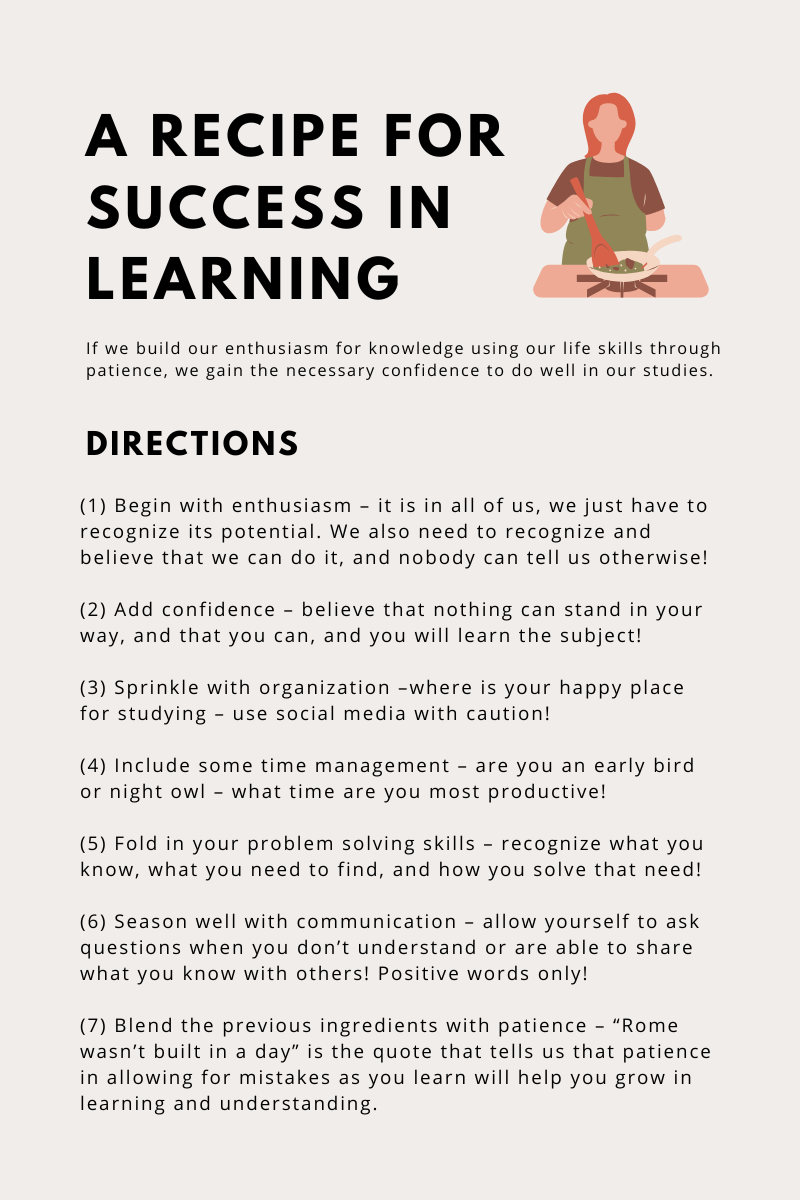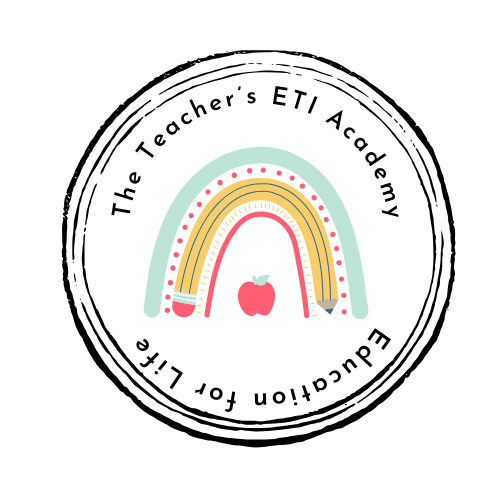ELA Oral Presentation Rubrics for the Classroom
Discover how ELA oral presentation rubrics for the classroom enhance learning and improve student performance in effective communication. Using ELA oral presentation rubrics for the classroom can significantly boost students’ presentation skills.

An oral presentations rubric for the English Language Arts (ELA) classroom is a vital tool for students, but they can be challenging to master. Teachers play a crucial role in guiding students on how to communicate ideas clearly and confidently, and one of the most effective tools to support this learning process is a presentation rubric.
Implementing ELA oral presentation rubrics for the classroom helps students articulate their thoughts more clearly.
Our Presentation Rubric for the ELA Classroom
Teachers can utilize ELA oral presentation rubrics for the classroom to provide targeted guidance and support.
We have designed a set of standards for our oral presentation rubric (pdf format) for the the ELA classroom that we think teachers will find easy to implement in any level classroom. Click here or on the image link to access our ELA guided presentation rubric.
The use of ELA oral presentation rubrics for the classroom encourages students to present their ideas with confidence.
If you are a Canva teacher, we have a colorful version of our presentation rubric available on our profile: The ETI Academy for Teaching and Learning. You can check out our rubric here.
With ELA oral presentation rubrics for the classroom, students can track their progress and refine their skills.
Using ELA oral presentation rubrics for the classroom helps in developing critical thinking and presentation skills.
Incorporating ELA oral presentation rubrics for the classroom can transform how students engage with their audience.
The structure provided by ELA oral presentation rubrics for the classroom clarifies expectations for students.
By following ELA oral presentation rubrics for the classroom, students learn to express their ideas more effectively.
Using our oral presentation rubric in the English Language Arts (ELA) classroom will help teachers to guide students through every stage of presenting, from preparation to delivery. With clear, structured criteria that address essential skills such as organization, clarity, body language, and vocal quality, the rubric allows students to understand the expectations for effective communication.
The ELA oral presentation rubrics for the classroom serve as a reliable guide for student improvement.
Our oral presentation rubrics support and encourage self-assessment, helping students identify their strengths and areas for improvement, while also providing teachers with a consistent framework for offering constructive feedback.
5 Reasons Why Teachers Should Use ELA Oral Presentation Rubrics for the Classroom
The structured outline presented in the rubric helps students understand expectations, organize their thoughts, and deliver stronger presentations. Here’s how teachers can introduce rubrics to improve oral presentations and help students succeed.
1. Helps With Setting Clear Expectations
Utilizing ELA oral presentation rubrics for the classroom fosters an atmosphere of constructive feedback.
Rubrics provide clear, specific criteria on what makes an effective presentation. Instead of vague instructions, students receive guidelines on key aspects such as content quality, organization, speaking skills, engagement, and visual aids.

With ELA oral presentation rubrics for the classroom, students can practice essential presentation skills regularly.
ELA oral presentation rubrics for the classroom can enhance the collaborative learning experience among students.
With rubrics, students know exactly what teachers expect, which reduces anxiety and clarifies what they need to work on. A rubric can include criteria for aspects like clarity of speech, use of eye contact, or logical progression of ideas, making students more aware of the skills they need to develop.
Engaging with ELA oral presentation rubrics for the classroom expands students’ communication abilities.
The consistent application of ELA oral presentation rubrics for the classroom promotes skill retention.
ELA oral presentation rubrics for the classroom are important tools for enhancing student creativity during presentations.
2. Encourages Self-Reflection and Improvement
With ELA oral presentation rubrics for the classroom, students become more engaged and enthusiastic about presenting.
When students have a rubric to refer to before and after their presentation, it encourages self-reflection. After presenting, students can look back at the rubric to identify strengths and areas for growth.

Teachers can encourage students to review each criterion and assess their performance, helping them become more mindful of their presentation skills. This self-evaluation process builds confidence and promotes continuous improvement.
3. Provides Constructive Feedback
One of the key benefits of using a rubric is that it allows teachers to give constructive, targeted feedback based on specific areas. For instance, if a student struggles with maintaining eye contact or has a disorganized flow of information, a rubric can pinpoint these issues.

The insights gained from ELA oral presentation rubrics for the classroom can lead to better overall classroom performance.
Ultimately, ELA oral presentation rubrics for the classroom provide a foundation for lifelong communication skills.
Teachers can then offer personalized advice, focusing on aspects like practicing body language or reorganizing ideas, rather than generic comments. Students receive actionable steps that help them progress, making feedback more impactful.
4. Encourages a Growth Mindset
Rubrics support a growth mindset by breaking down presentation skills into manageable parts. Students learn that improving their presentations is a step-by-step process, and that each criterion can be worked on individually.

By achieving success in specific rubric categories, students gain a sense of accomplishment and become motivated to improve further. This approach helps students understand that public speaking is a skill that can be developed over time.
5. Developing Transferable Skills
Presentation rubrics emphasize skills that are not only crucial in the classroom but also in real-world settings. Public speaking, organization, and engagement techniques are all valuable in future academic and professional environments.

When students consistently use rubrics, they build a toolkit of communication strategies that enhance their ability to convey ideas clearly and confidently across different settings.
Five Tools to Help Students With Oral Presentations in the Classroom
This blog contains Amazon affiliate links to highlighted websites and/or resources. By clicking on the link and making a purchase we may earn a small commission at no extra cost to you. Click here for full disclosure.
Here are five Amazon tools that can support teachers in helping students prepare for and deliver engaging oral presentations:
- Voice Amplifier – A lightweight, wearable voice amplifier can help students project their voice confidently in larger rooms. It’s especially helpful for students who may be shy or soft-spoken.
- Flashcards with Key Points Prompter – Blank or topic-specific flashcards allow students to jot down key points, keeping them focused during presentations without reading directly from a script.
- Time Timer Visual Timer – This visual timer helps students manage their time effectively, allowing them to practice pacing and timing for different sections of their presentations.
- Portable Wireless Presenter with Clicker – A handheld wireless presenter clicker allows students to seamlessly move through their slides, helping them look more professional and stay engaged with their audience.
- Adjustable Desktop Microphone – A USB microphone can improve audio clarity for recorded presentations, especially helpful for virtual or hybrid classroom settings.
These tools can enhance student confidence, improve clarity, and allow for more polished, engaging presentations in any classroom setting.
Final Thoughts
By integrating presentation rubrics into lessons, teachers can provide structure, guidance, and support that helps students make meaningful progress in their oral presentation skills. Rubrics offer students a roadmap, helping them understand what’s expected, reflect on their progress, and build confidence. With each presentation, students not only improve academically but also acquire skills that will benefit them well beyond the classroom.
Join Our Community of Teachers
Sign up to receive monthly access to the latest resources that help support teachers in the ELA classroom.
Related Topics
- Ice Breakers for the Classroom
- How Constructive Feedback Improves Student Learning
- English Language Arts Worksheets in Canva
- English Language Teaching Guides
- Effective English Language Resources for the Classroom
- 4 Stages of Language Development in the Classroom
- Teaching the Writing Process
- Engaging Grammar Activities for Middle School Students
Share Your Thoughts!
Oral presentation rubrics not only make presentation easier for students they also make the writing process more accessible and enjoyable for students, setting them up for success as writers. How do you plan to use these rubric resources in your classroom? Share your ideas and experiences in the comments below!








